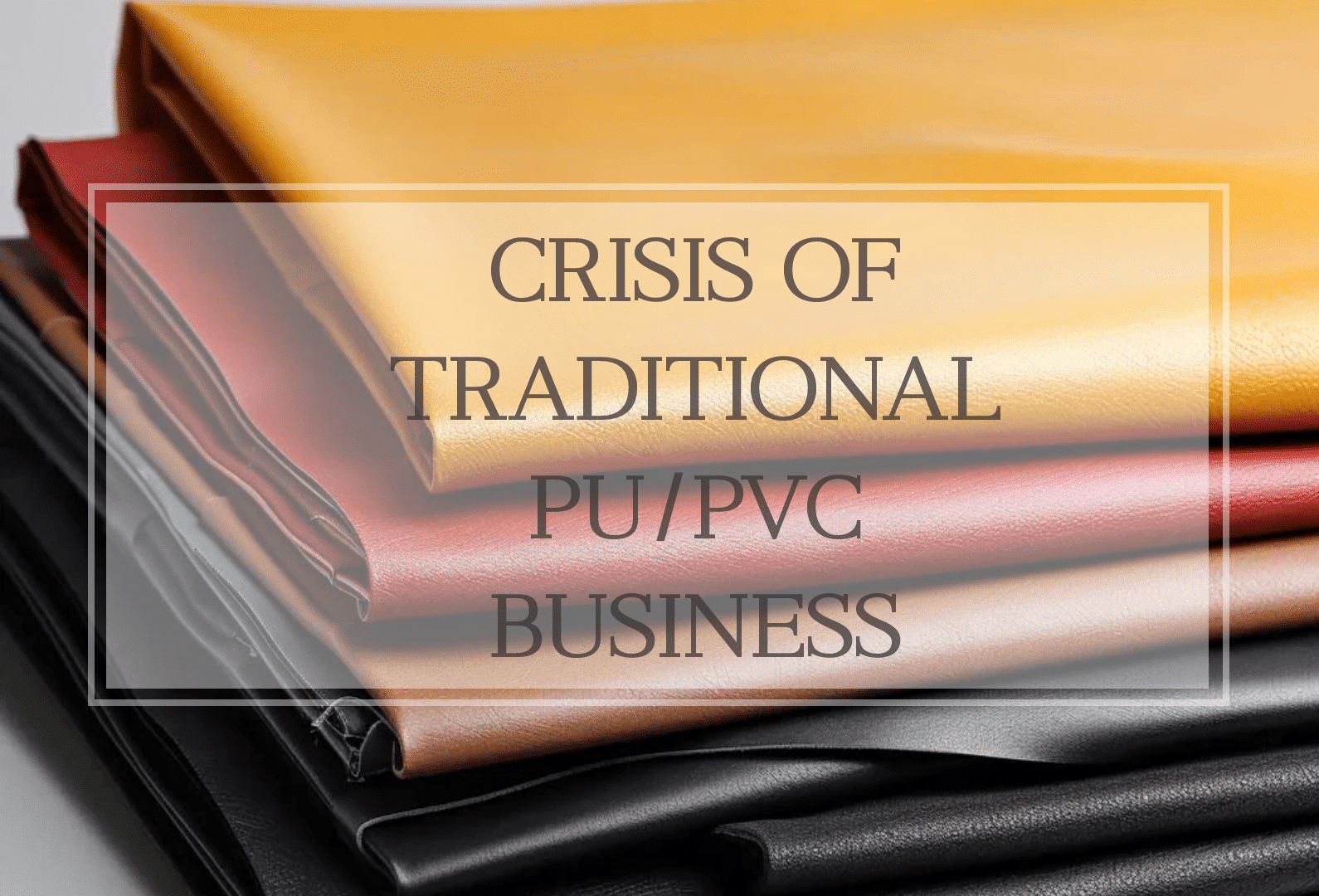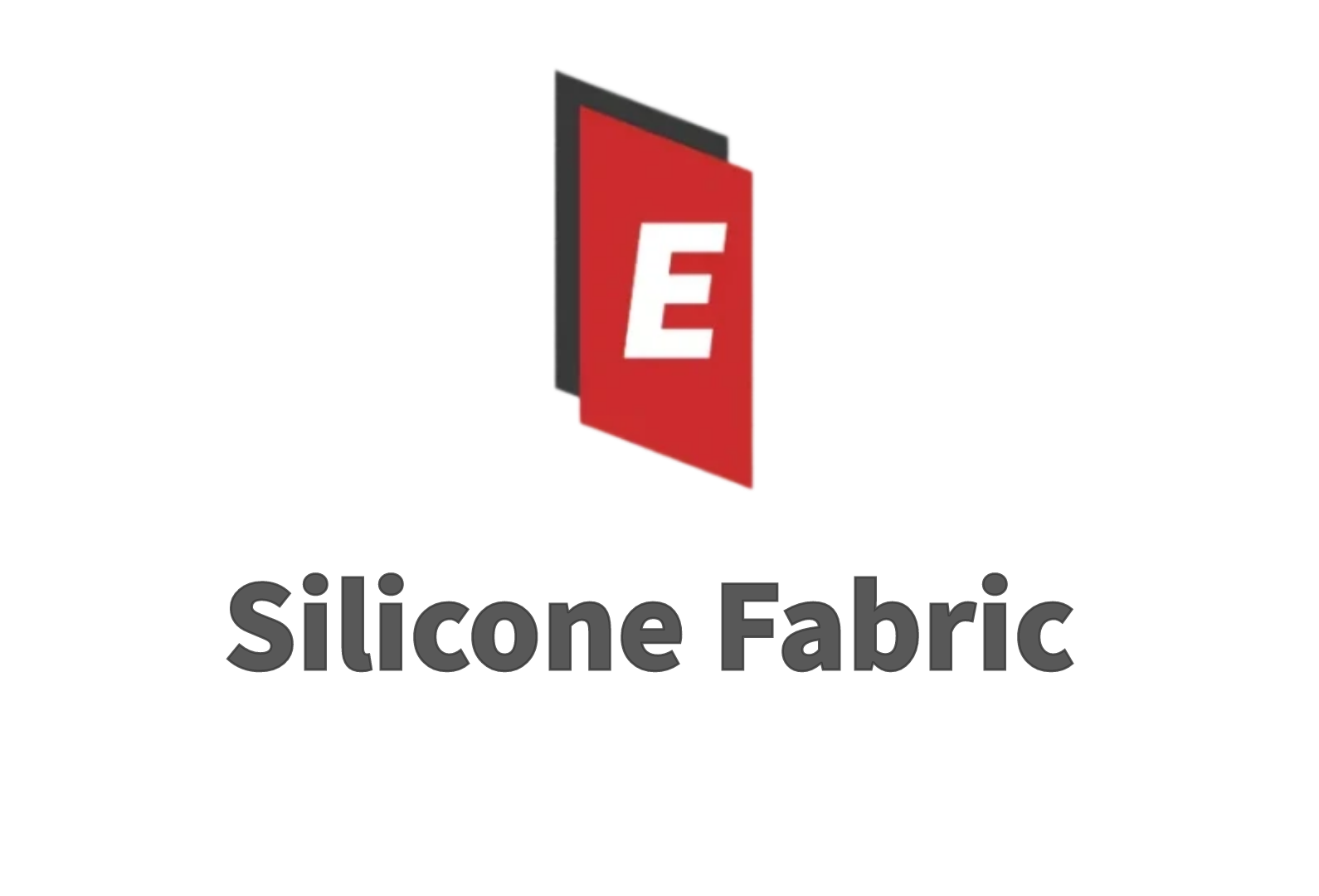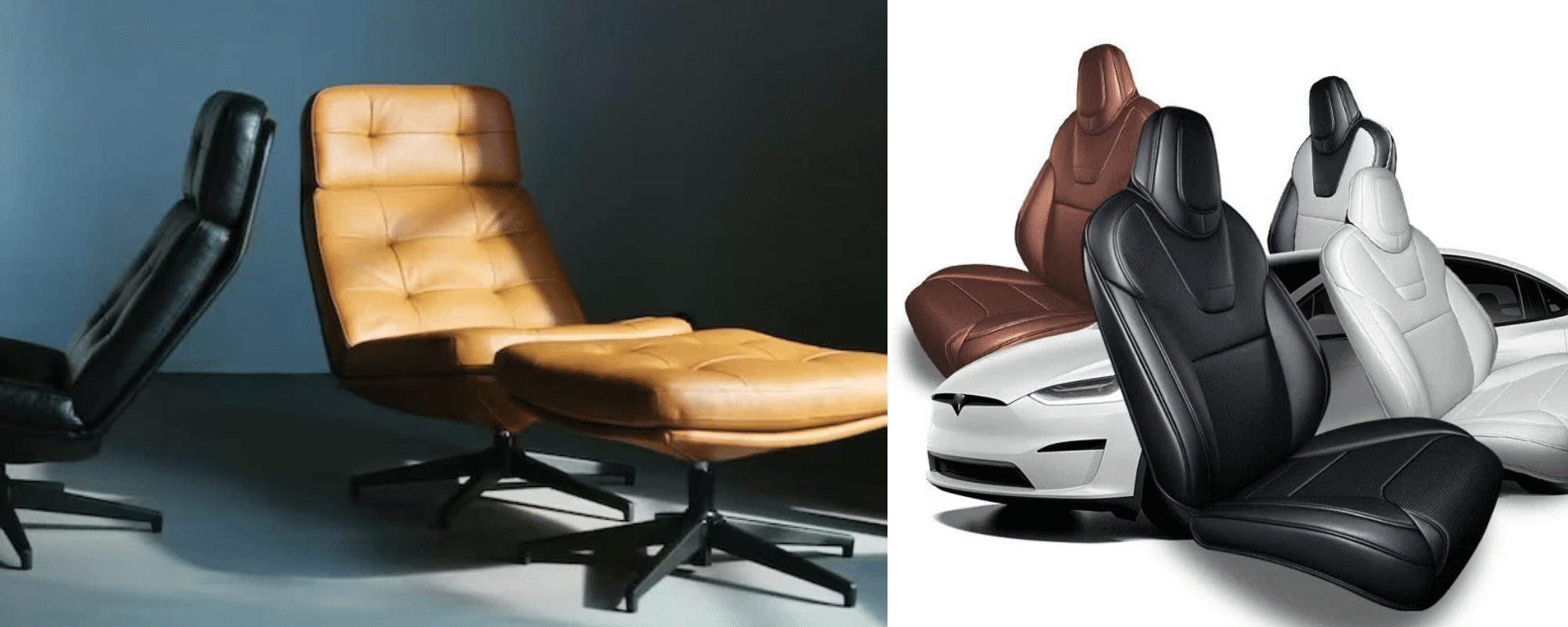The Survival Crisis of Traditional PU/PVC Businesses: Why Silicone Leather is the Only Way Forward?
The global synthetic leather market is undergoing a seismic shift.

1. Introduction: An Industry Revolution is Underway
The global synthetic leather market is undergoing a seismic shift. While PU (Polyurethane) and PVC (Polyvinyl Chloride) leather have long dominated the industry, their market share is now steadily declining. Meanwhile, Silicone Leather is emerging as the future of synthetic leather, with an annual growth rate exceeding 25% (Source: Grand View Research).
Why is this happening?
- Regulatory pressure: Stricter environmental policies are phasing out high-pollution materials.
- Consumer shift: Eco-conscious consumers and brands are rejecting toxic materials like PVC.
- Technological disruption: New materials like Silicone Leather are outperforming PU/PVC in durability, safety, and sustainability.
This is not just a market trend—it’s a survival challenge. Traditional PU/PVC businesses must transition to Silicone Leather or risk being eliminated.
2. The Decline of PU/PVC Leather: Why Traditional Materials Are Failing
2.1. Regulatory Crackdown on PU/PVC
Governments worldwide are enforcing stricter environmental laws:
- EU REACH Regulations: Bans hazardous plasticizers (phthalates) in PVC, imposing heavy penalties on non-compliant manufacturers.
- China’s "Dual Carbon" Goals: Forces high-pollution industries to cut emissions, increasing environmental taxes for PU/PVC production.
- California Prop 65: Mandates strict labeling for products containing toxic chemicals, accelerating the shift toward safer alternatives.
2.2. Consumers Are Choosing Sustainability
- 72% of Gen Z consumers are willing to pay more for eco-friendly products (Source: Statista).
- Brands like IKEA & Tesla have phased out PVC interiors, switching to Silicone Leather and other sustainable materials.
2.3. Technological Disruption – Silicone Leather Outperforms Traditional Materials
- Durability: Silicone Leather lasts 2-3x longer than PU/PVC (10+ years vs. 3-5 years).
- Temperature resistance: Withstands -50°C to 200°C, making it ideal for automotive and outdoor applications.
- Cost efficiency: While initially pricier than low-end PU, mass production has lowered costs close to high-grade PU while reducing maintenance expenses by 50%.
PU/PVC leather is no longer a viable long-term business model. The transition to Silicone Leather is not a luxury—it’s a necessity.
3. Silicone Leather’s Competitive Edge: A Revolution in Performance & Profitability
3.1. Unmatched Performance & Environmental Benefits
100% Eco-Friendly: Free from PVC, DMF, plasticizers, and VOCs, complying with REACH, RoHS, FDA, and Prop 65 regulations.
Recyclable & Non-Toxic: Unlike PVC, Silicone Leather does not emit harmful dioxins when burned.
Functional Superiority: Anti-bacterial, fire-resistant, waterproof, and self-healing properties make it the material of the future.
3.2. Reshaping the Supply Chain: Higher Profits & Customer Retention
15-20% Higher Margins: Silicone Leather commands premium pricing and reduces long-term maintenance costs.
Luxury & Automotive Demand: High-end brands (Tesla, NIO, and Muji) are adopting Silicone Leather, elevating supplier profitability.
3.3. Case Studies: The Winners and Losers of Industry Change
Success Story: A Zhejiang-based PU manufacturer pivoted to Silicone Leather and saw a 300% increase in orders, supplying to top-tier automotive brands.
Failure Story: A Dongguan-based PVC factory refused to transition and filed for bankruptcy in 2023 after losing EU and US customers.
4. The Four Common Pitfalls in Transitioning to Silicone Leather
1 Technical Barriers: Silicone Leather requires specialized coating and lamination processes.
2 Supply Chain Inertia: Existing PU/PVC production lines cannot be directly converted.
3 Misjudging the Trend: Some businesses wrongly assume sustainability is a temporary fad.
4 Price War Trap: Low-end PU/PVC markets are saturated, leaving little to no profit margins.
Solution: A Four-Step Strategy for a Risk-Free Transition
Partner with OEMs: Start with contract manufacturing to minimize capital risk.
Target High-Value Niches: Focus on premium markets like medical-grade leather, automotive interiors, and luxury furniture.
Leverage Government Incentives: Apply for green manufacturing subsidies available in China, the EU, and the US.
Educate the Market: Use TikTok, LinkedIn, and SEO-driven content to position your brand as an eco-innovation leader.
5. The Future of the Industry: Who Will Survive and Who Will Be Eliminated?
5.1. Who Will Be Eliminated?
PU/PVC businesses that rely on low-cost mass production with no R&D investment.
Companies that fail to obtain essential eco-certifications like OEKO-TEX and Bluesign.
Suppliers ignoring EU & US regulations – by 2025, the EU will ban PVC-based furniture imports.
5.2. Who Will Dominate?
Innovators with Patented Technologies: Companies that develop breathable micro-porous Silicone Leather will lead the industry.
Flexible Manufacturers: Those who embrace small-batch customized production to cater to luxury and high-performance markets.
Compliance-Ready Suppliers: Businesses that invest in global sustainability certifications (OEKO-TEX, Bluesign, FSC) will win major contracts.
Conclusion: Adapt or Be Eliminated
Industry Data Warning: By 2030, Silicone Leather is projected to capture 40% of the synthetic leather market (currently under 10%).
Urgent Action Required: Evaluate your production line today and launch a Silicone Leather pilot project within 6 months—or risk losing market share permanently.

